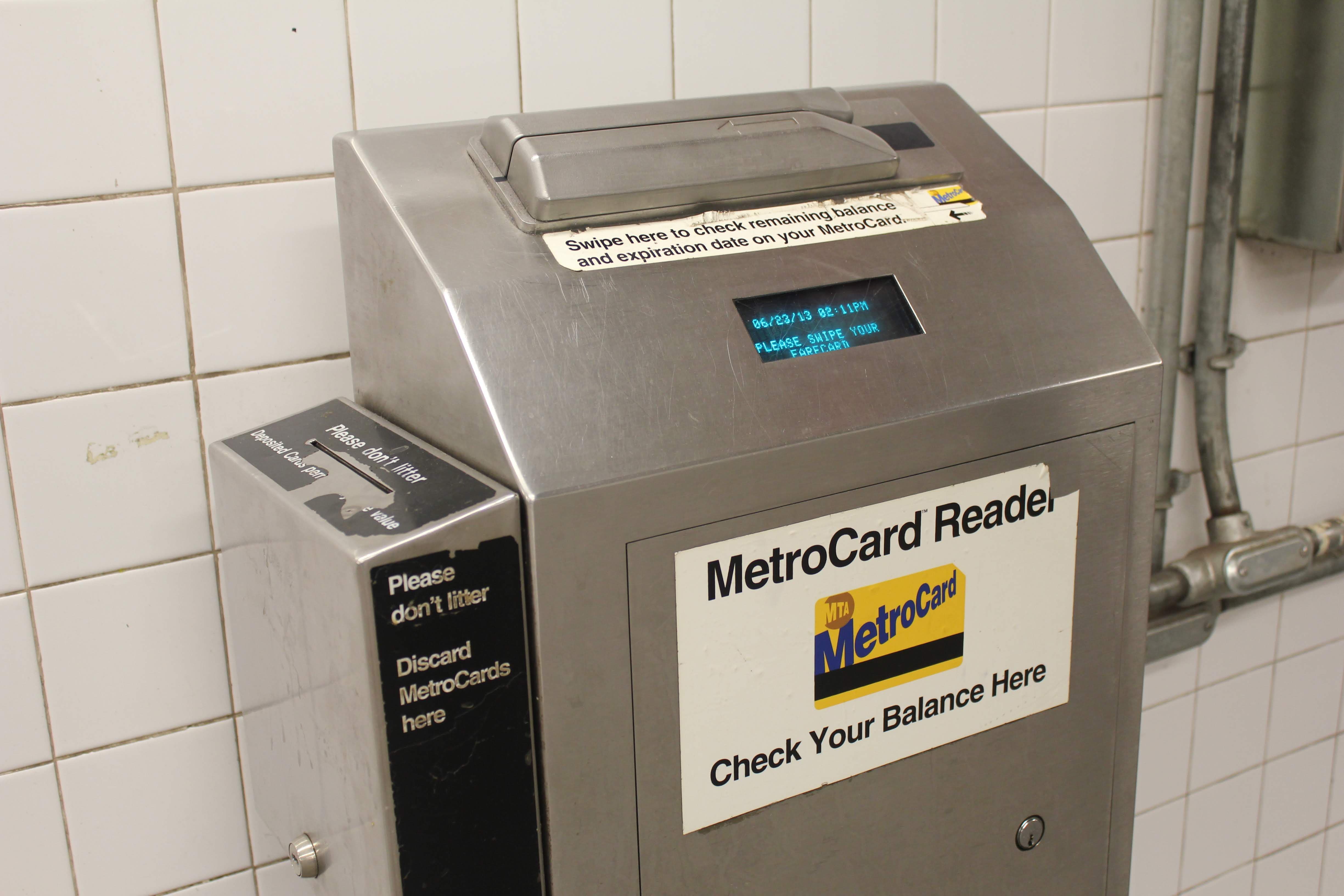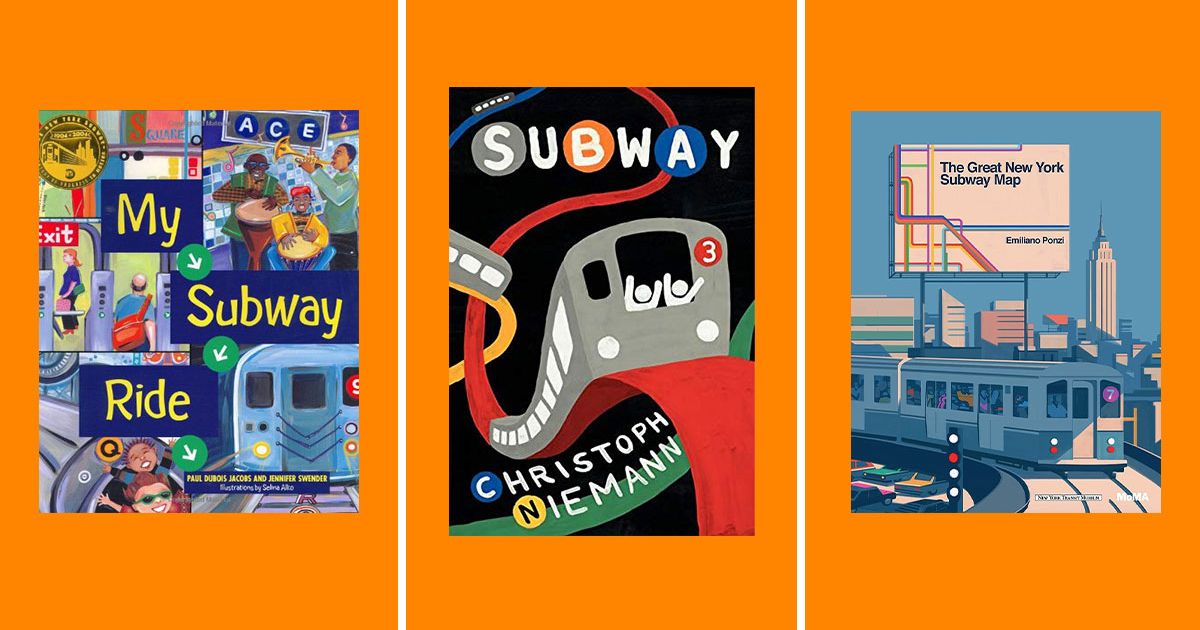
Riders would now have the option to choose between an individual or round trip option and an unlimited option that covers a set amount of time. The benefits were obvious, allowing for easier fare increases while offering tiered pricing. However, in a very narrow window in the late 1980s, executives at the MTA were looking to remove tokens from the subway system and replace them with a prepaid card. This, almost predictably, worked out for IBM about as well as the MS-DOS deal did.

Rather than bemoan lost profits, IBM seemed to recognize a gap in its knowledge and it began the push to develop next-generation operating systems at a fundamental level, at first in partnership with Microsoft. While modern tech lore has Gates and Microsoft fleecing IBM over MS-DOS, at the time IBM clearly felt otherwise. Behind the scenes, Microsoft and IBM were working on the next generation of operating systems. But a lot of that conversation and development started years before. The reasons why the MTA ultimately decided to utilize OS/2 as it digitized some aspects of the subway system mirror the hype surrounding the launch in the early 1990s. For my purposes, the most relevant line from that article is nice and succinct, “OS/2, of course, did have its adherents.” Of course, it did. It gives a whole host of backstory that I’m only going to touch on here. (via WinWorldPC) How IBM’s much-hyped but underwhelming OS found a home serving millionsĮrnie’s previous piece on the story behind IBM’s push into microkernels and its overall failure is pretty great … like, go read it. Among many choices, one of the most robust turned out to be one of IBM’s most high-profile failures.

You pretty much get just one shot-and any mistakes will likely cost billions to repair and frustrate that lives of millions. Because when you build something as important as the infrastructure to the NYC subway, it needs to work. Before we can touch that topic, it’s helpful to understand how the current system came to be. The story of how the current method for accessing New York’s subway is interesting for its insights into public infrastructure and the way it serves the public. A thin slice of yellow plastic with a prominent black strip, the MetroCard has been a staple of New Yorkers wallets since its introduction in 1993. No bigger bet was made than the one by the MTA, the Metropolitan Transit Authority, who needed some process to eliminate tokens while moving into an era where everything was expected to be digitized. However, IBM’s confidence in its operating system prowess led others to take similar chances. His article demonstrates how big the bet was.

In a Tedium article from this past March, Ernie wrote about IBM’s big bet on a microkernel for operating systems, a bet that included a variant of its well-known-if-less-remembered OS/2. (littleny/Adobe Stock) Betting on the future is hard, but the MTA kinda did it


 0 kommentar(er)
0 kommentar(er)
